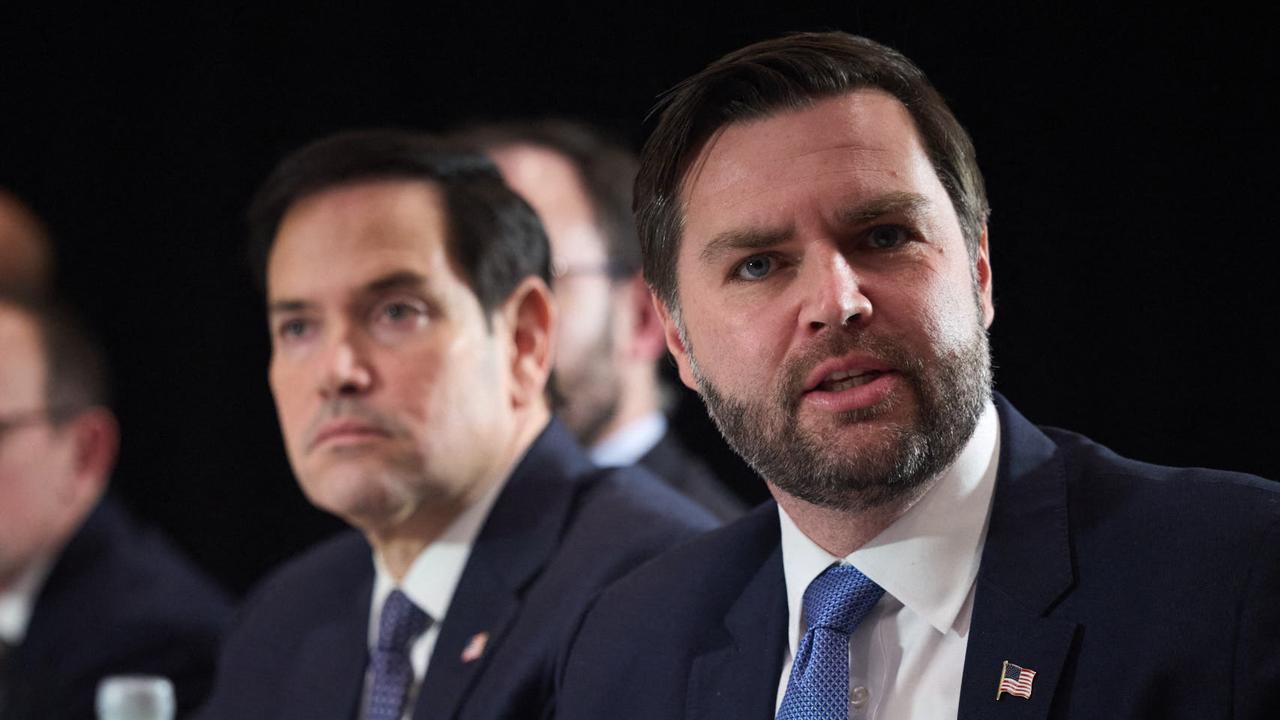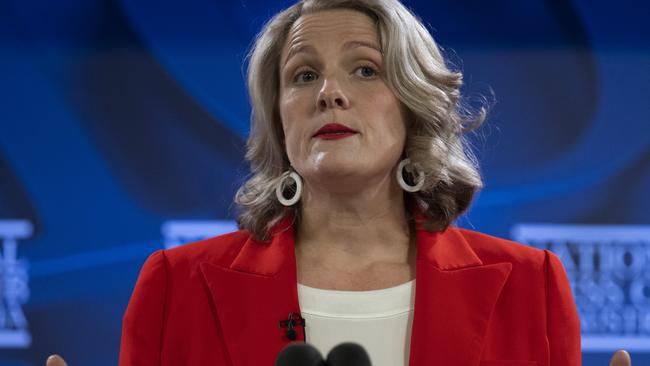
One of Labor’s achilles heels is the surging rate of immigration. The numbers are truly staggering. A related issue is whether we really want a Big Australia, something that Home Affairs Minister Clare O’Neil has declared she doesn’t support.
It was only last October that Treasury forecast 235,000 net overseas arrivals for this financial year: the figure will be close to 400,000. Next financial year, it will drop to 315,000, which is still way above the long-run average of net overseas migration of about 230,00 a year.
Indeed, the Treasurer, using information supplied by the hopelessly inaccurate population unit within Treasury, claims that even with these substantial numbers this year and next, there will be a deficit in the total growth in the population of about 300,000 because of the Covid-related hiatus.
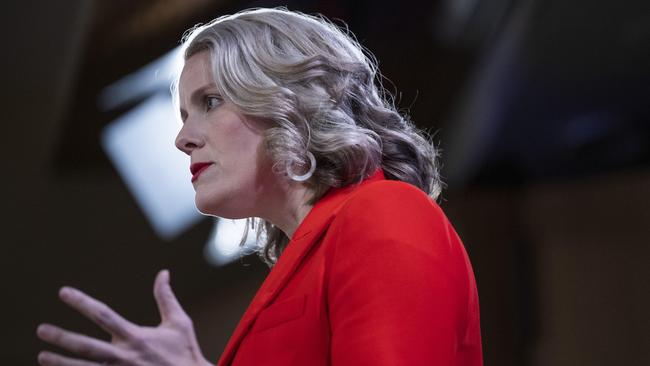
The Prime Minister makes a similar point. It is a bit like saying that being slowed down because of roadworks justifies breaking the speed limit now. There is no sense in which we should be trying to make up for the hiatus because all sorts of other economic activities were also stalled during that time. In particular, the construction and development of the infrastructure and other facilities that are required to accommodate more migrants were delayed in the same time frame.
Economists have always recognised the limits to the absorptive capacity of an economy to take additional migrants in any given period. Even those economists who advocate for a Big Australia and see large net economic benefits from migration accept this limitation. It is one reason why the federal government sets down annual limits to the number of permanent migrant visas that can be granted in any year. For reasons that are unclear, the government has slightly lowered the number for this year: from 195,000 to 190,000, which will have no real impact.
But the real story is this: the number of permanent visas being granted is swamped by the number of temporary visas, which are uncapped. In any case, many of those who secure permanent visas already have temporary ones and are living here, so there is no net change there. It is the large increase in the number of international students on temporary visas that is the main driver of the much higher number of net overseas arrivals. The fact there are currently no working restrictions on international students has doubtless contributed to their rising numbers. That temporary visas holders are opting to stay longer than they did in the past is also contributing to the surging numbers overall.
Acknowledging the sensitive nature of the immigration issue, Jim Chalmers has responded by declaring “it’s not a government policy, it’s not a government target, and it is less cumulatively than what it would have been if (the Coalition’s) own forecasts a couple of years ago … had eventuated.”
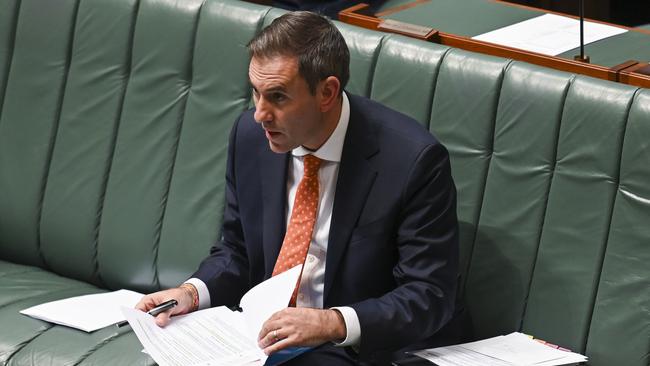
To declare that it’s not a government policy is, of course, disingenuous: it is the government that sets the rules that allow migrants to enter the country and to stay (or not). It is the government that establishes the funding for the granting of these visas and to ensure compliance. In fact, O’Neil ordered her department to devote more resources to speeding up the processing of visas, which unsurprisingly has contributed to the higher number of arrivals.
O’Neil had commissioned the review of the migration system, chaired by former senior bureaucrat Martin Parkinson. It was released in March this year. It’s not clear how helpful the recommendations really are, certainly in terms of restricting the number of net overseas arrivals in order to maximise the gains for the economy, and Australian residents more generally.
To point to the shambolic nature of our visa system, which has grown like Topsy over the years, was obvious enough. But there is a fundamental contradiction at the heart of the Parkinson review: it promotes an emphasis on skilled migration as the key to good policy but claims that all temporary migrants should have a clear pathway to permanent residency.
Yet, most of these temporary migrants – and there are currently over two million of them in the country – are not highly skilled and work in unskilled or semi-skilled jobs. And even those who graduate from higher or vocational educational institutions in Australia are not then always employed in skilled occupations. Using census data, Bob Birrell has established that international student graduates are much less likely to be working in managerial/professional jobs than local graduates.
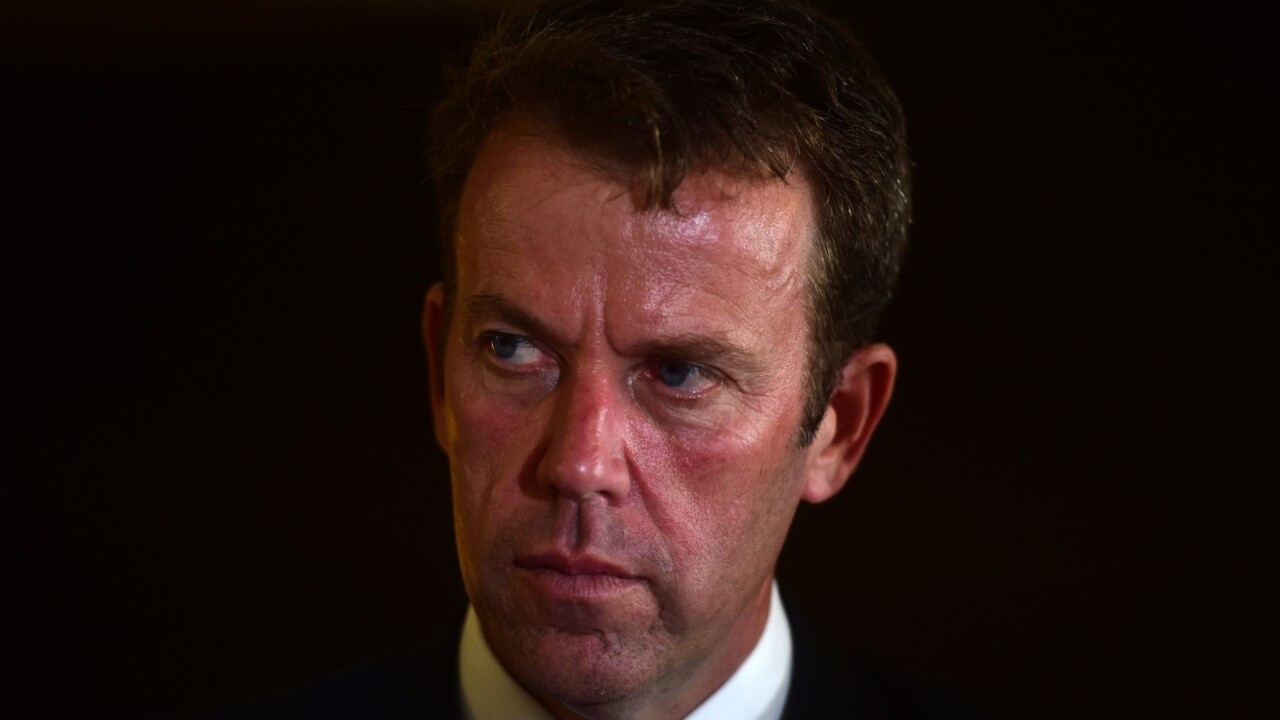
The reality is that we cannot practically offer all temporary migrants a pathway to permanent residency (this is seen as important to minimising the degree of exploitation that some temporary migrants face) and shift the emphasis to skilled migration. The Parkinson review essentially fudges this issue. Anthony Albanese’s claim that O’Neil has a “carefully orchestrated plan” to guide immigration policy is not convincing. With the crisis in the rental market, the pressure on services and the congestion in our major cities, the immigration issue is one that the government simply cannot ignore. Neither can it be dismissed as being “not government policy”.
It must become deliberate government policy. Even the Reserve Bank has mentioned the inflation spurred by the high rates of immigration. In turn, this could lead to further hike in interest rates.
Needless to say, the government faces pressures to keep the immigration taps on full bore, particularly as the universities, property owners and employers facing worker shortages benefit from the surging numbers.

Even the economists in Treasury would understand the theory: there are winners and losers from immigration. Those who stand to benefit are the migrants themselves, the owners of capital (businesses, universities, etc) and workers with complementary skills. Those with substitute skills lose out, as does the population overall if the external costs are greater than the benefits. Renters particularly are bearing the brunt of the negative impact.
The government needs to get on the front foot on this issue. Reimposing weak work restrictions on international students – they will be limited to 25 hours per week during semester time from July – will not cut the mustard. Putting caps on the number of temporary visas that can be granted should now be considered. Just because the Coalition had a poor record on immigration, aside from stopping the boats, is no excuse.







